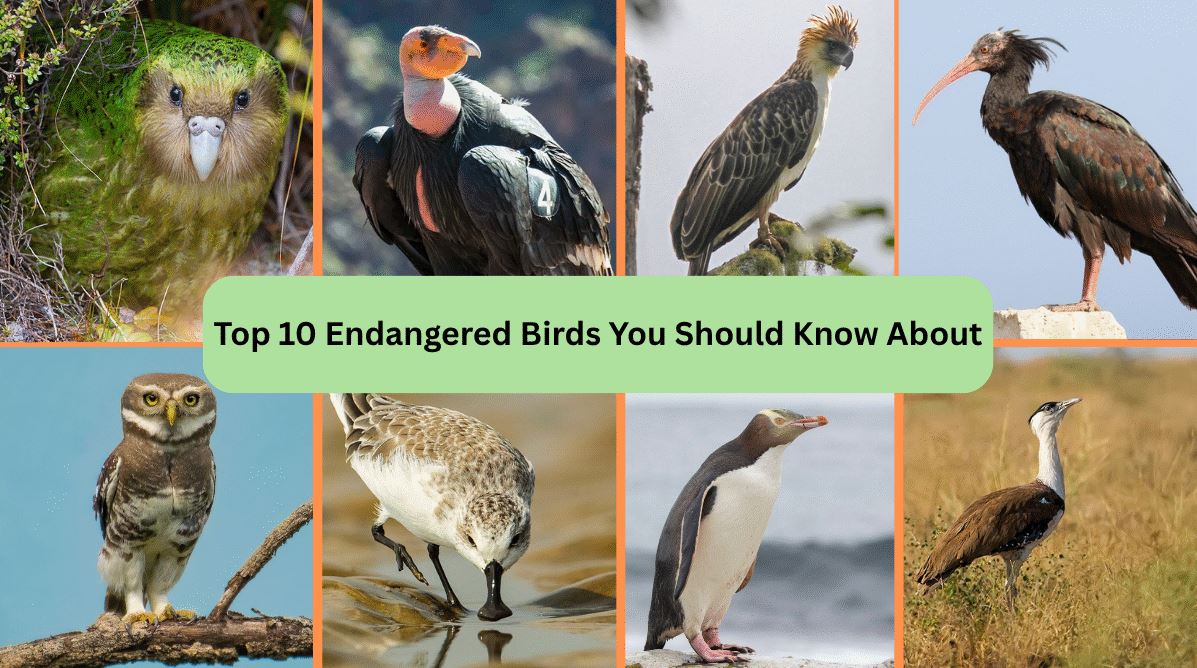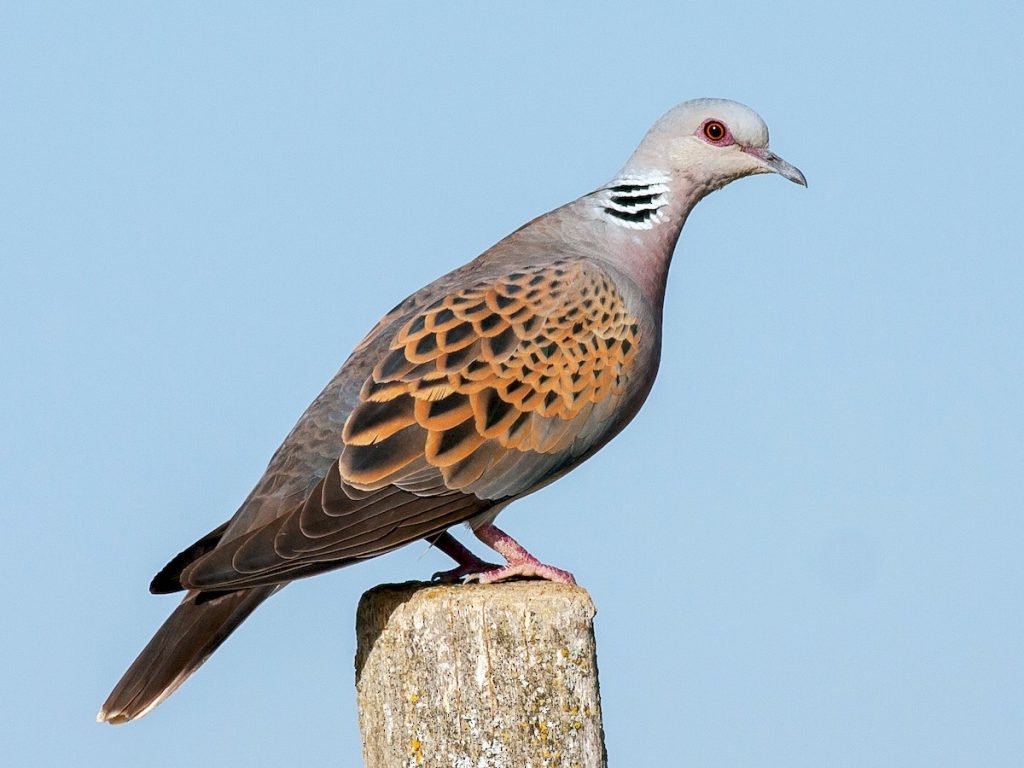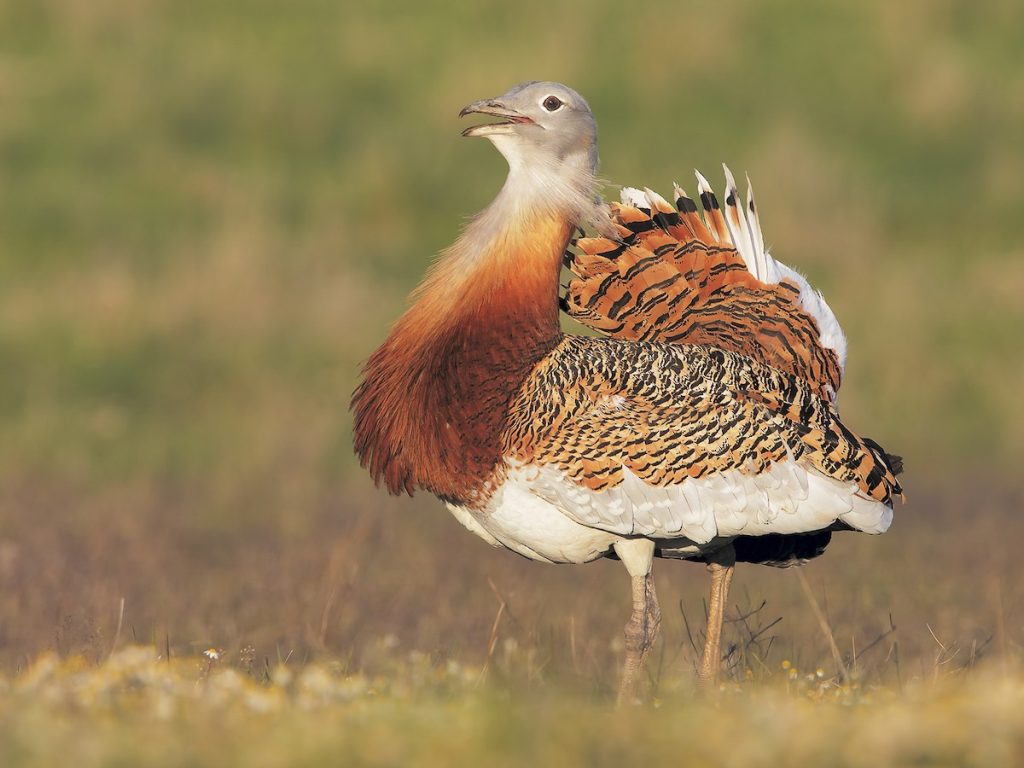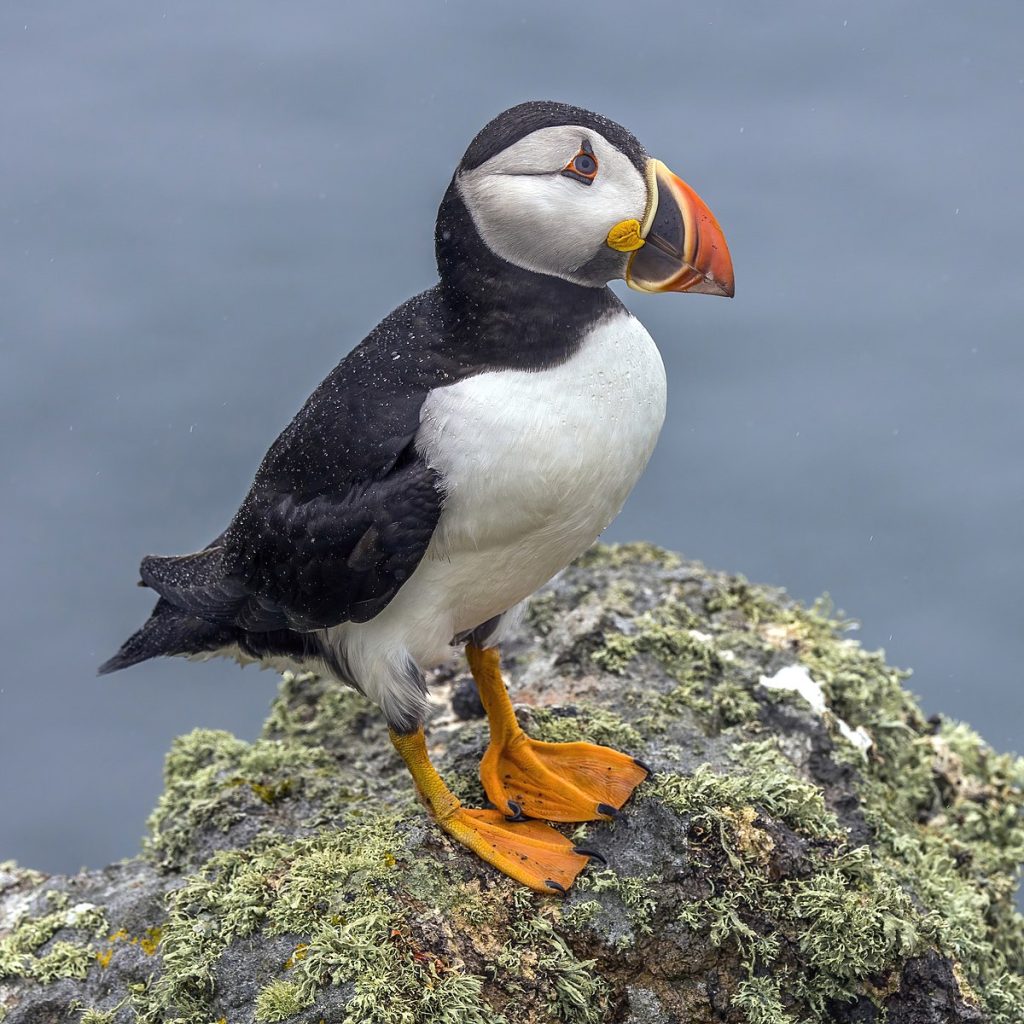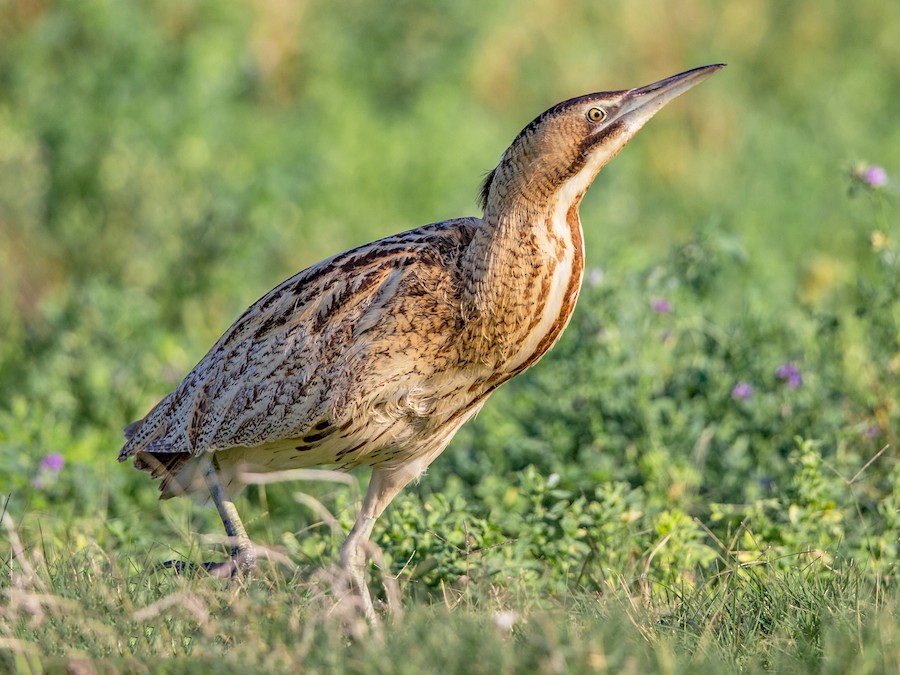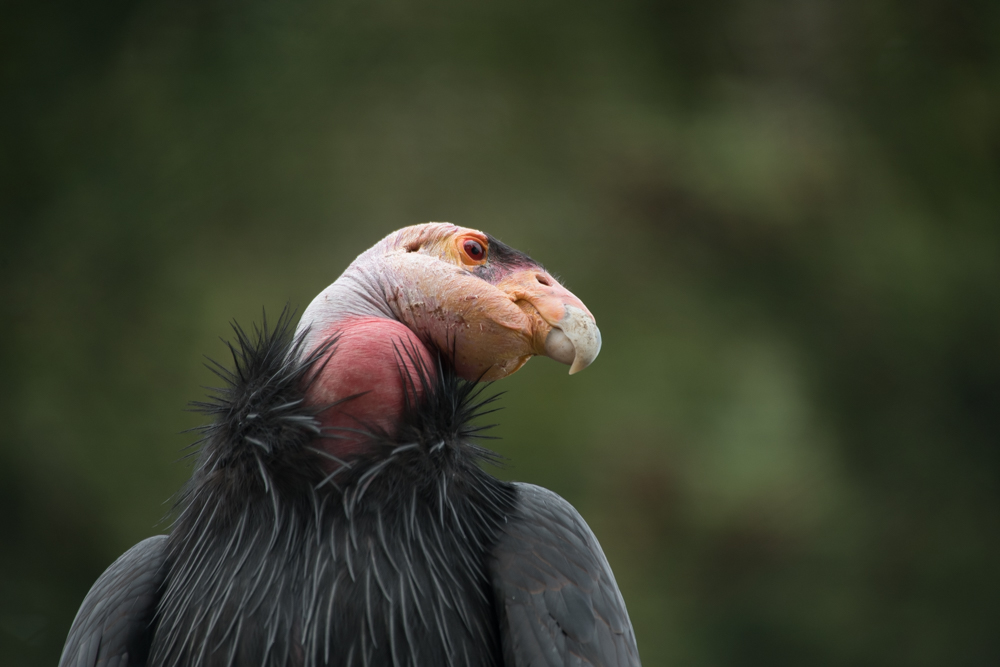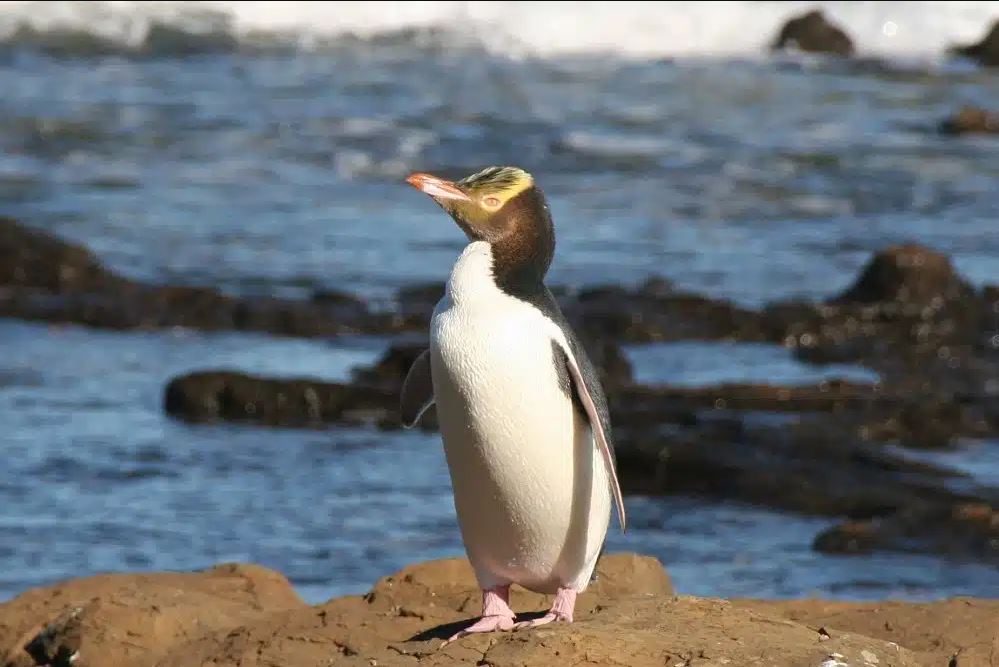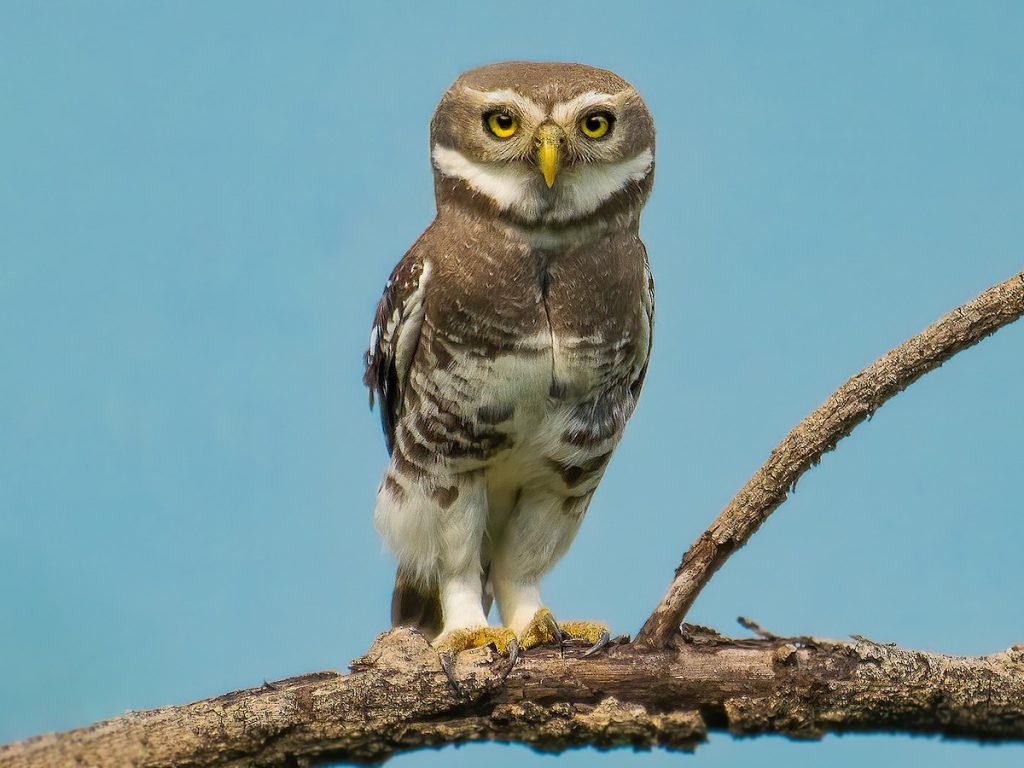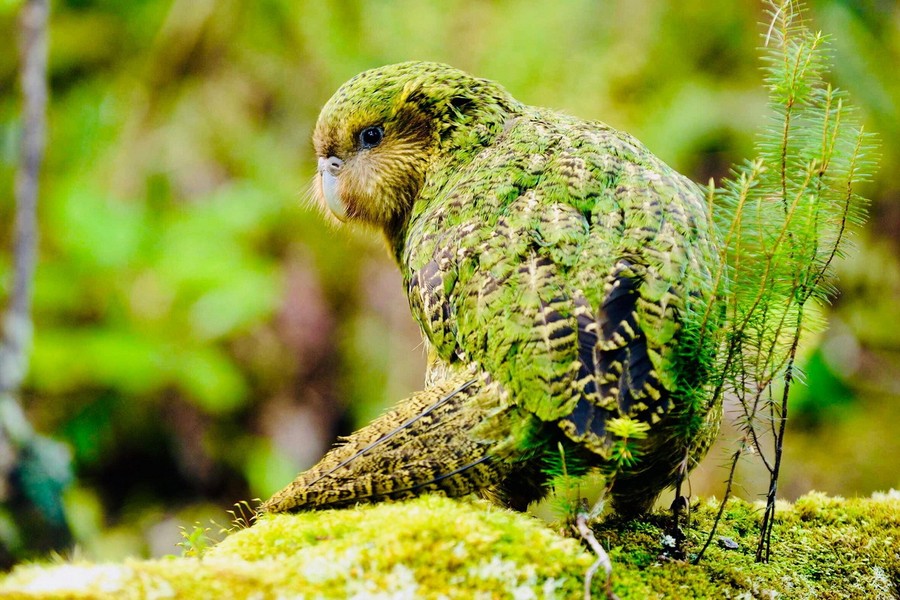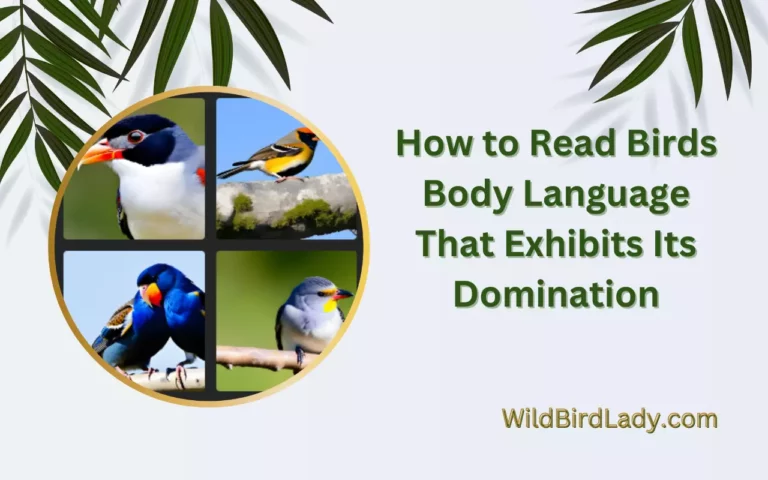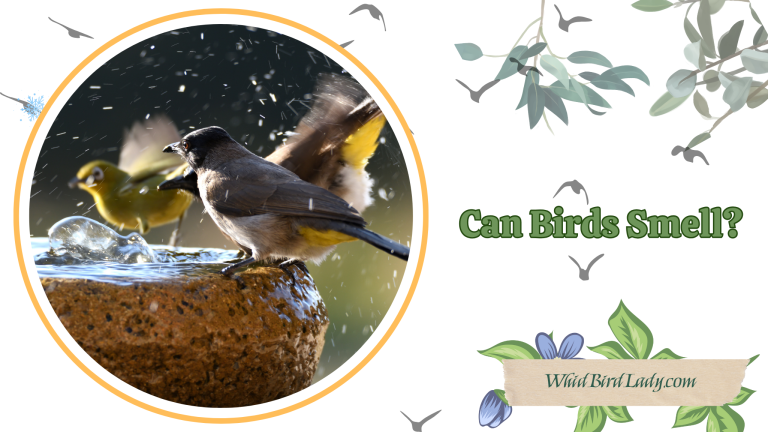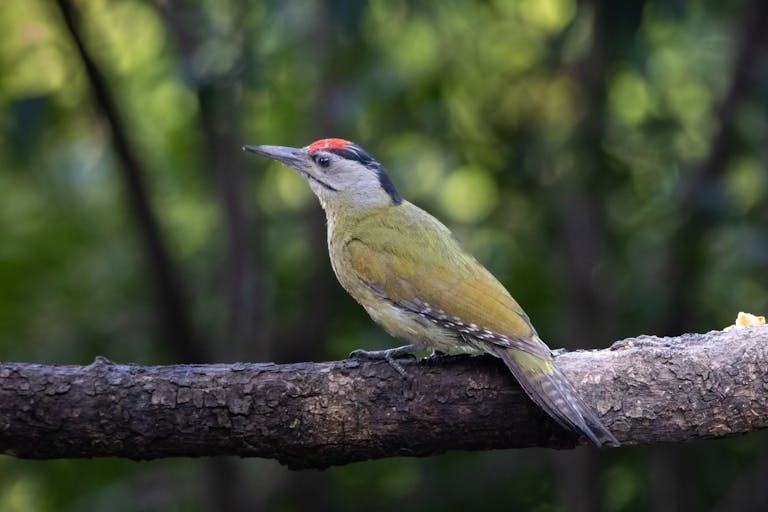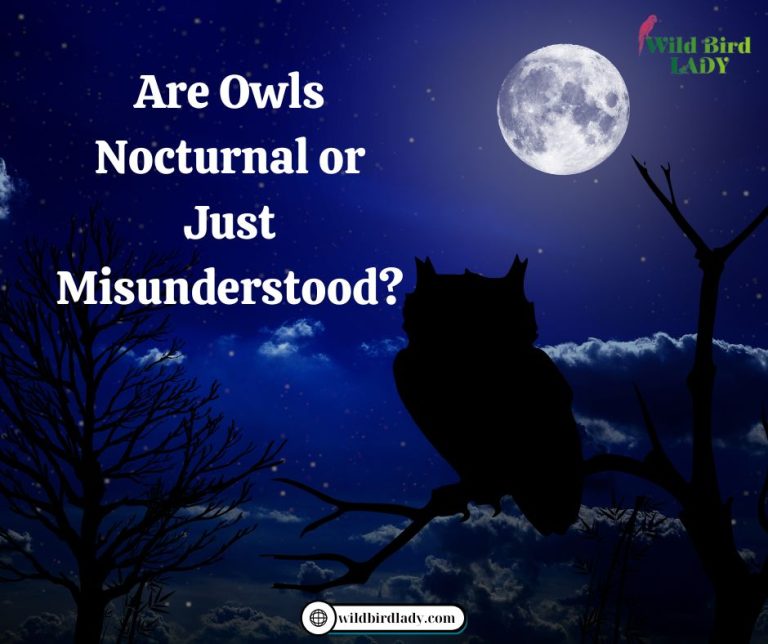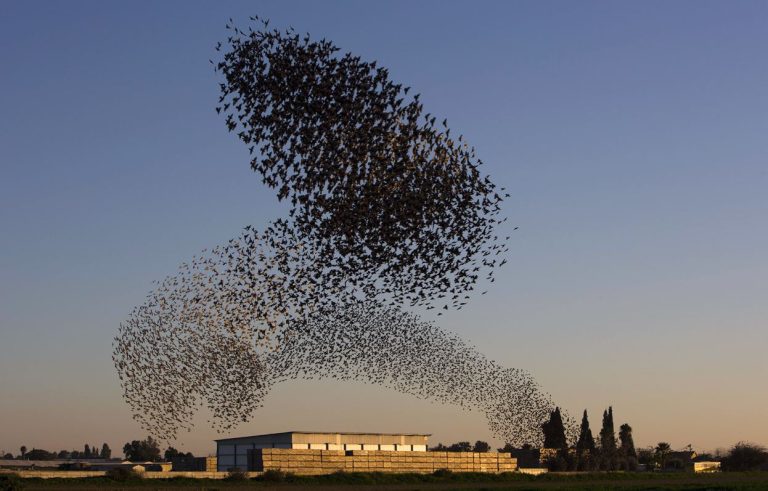Top 10 Endangered Bird Species You Should Know in 2025
By Rifat Ahmed
In a world teetering on ecological precipices, birds — once ubiquitous emblems of freedom — are sounding alarm pathways through their decline. A landmark study published in Nature Ecology and Evolution, and featured by The Guardian, predicts more than 500 bird species could vanish within the next century if current trends persist. Housing diverse ecosystems and embedding culture in countries across the globe, these avian icons deserve urgent attention—and action.
Below, in-depth analysis, I present ten endangered bird species you should know about in 2025. Each entry includes status, threats, conservation outlook, and why they matter—not only ecologically, but emotionally, culturally, and ethically.
1. European Turtle Dove (Streptopelia turtur)
Status: Rapid decline, predicted extinction within decades.
The European turtle dove, once celebrated in poetry and song, is now slipping from our skies. Researchers warn that if current trends continue, this species could be lost entirely. A “shocking statistic,” as Kerry Stewart puts it, is sparking calls for “special recovery programmes” to save vulnerable birds.
Why it matters:
- Cultural symbolism: recognized in literature for centuries.
- Ecological role: insect population control through seed and invertebrate consumption.
Threats:
- Habitat loss due to intensive agriculture.
- Hunting during migration across southern Europe and Africa.
- Climate change affecting breeding timing and food availability.
Conservation efforts:
- Agri-environment schemes promoting wildflower margins.
- Trapping bans in migratory corridors.
- Habitat restoration in breeding grounds.
2. Great Bustard (Otis tarda)
Status: Endangered, fluctuating populations.
The great bustard — one of the heaviest flying birds — faces similar extinction threats. Successive agricultural intensification and habitat loss have pushed their numbers perilously low.
Why it matters:
- Indicator species for healthy grassland.
- Iconic bird, with significance in Romania, Spain, and Central Asia.
Threats:
- Habitat fragmentation from farming machinery.
- Collisions with power lines.
- Disturbance during breeding seasons.
Conservation efforts:
- Reintroduction in the UK after native extinction.
- Grassland stewardship schemes with controlled grazing timings.
- Power line mitigation in migratory pathways.
3. Atlantic Puffin (Fratercula arctica)
Status: Vulnerable, local extinctions observed.
Puffins have captured public hearts and yet are disappearing. Low survival rates in juveniles are linked to warming seas and scarcity of fish stocks.
Why it matters:
- Tourist draw and biodiversity marquee.
- Specialist fish diet underscores seascape health.
Threats:
- Declining forage fish populations (e.g., sand eels).
- Rising sea temperatures shifting prey availability.
Conservation efforts:
- Marine protected areas safeguarding food sources.
- Monitoring seabird breeding success.
4. Eurasian Bittern (Botaurus stellaris)
Status: Recovered in parts, still vulnerable.
Once extinct in the UK breeding populations, reintroduction and habitat restoration have delivered success: more than 280 booming males recorded last year.
Why it matters:
- Indicator of healthy wetland ecosystems.
- Elusive bird whose booming call symbolizes recovering marshlands.
Threats:
- Historical drainage of wetlands.
- Pollution and human disturbance.
Conservation efforts:
- Reed bed restoration and water management in reserves.
- Roost monitoring and pre-emptive site protection.
5. California Condor (Gymnogyps californianus)
Status: Critically endangered, cautiously recovering.
From near-extinction in the wild to over 350 flying today, the California condor demonstrates that extinction is not always final.
Why it matters:
- Unique scavenger ecology, cleaning up carcasses and regulating disease.
- Symbol of North American conservation, culturally and ecologically significant.
Threats:
- Lead poisoning from hunter-shot carcasses remains lethal.
- Electrocution via power lines.
- Microtrash ingestion and pesticide exposure.
Conservation efforts:
- Captive breeding since the 1980s, releasing birds into California and Arizona.
- Lead ammunition bans in condor ranges.
- Ongoing necropsies and interventions.
6. Yellow-eyed Penguin (Megadyptes antipodes)
Status: Endangered, declining.
Native to New Zealand, the yellow-eyed penguin is one of the world’s rarest penguin species. Locals call it hoiho, meaning “noise shouter,” due to its loud calls. Sadly, its calls are getting quieter—fewer than 2,000 breeding pairs remain.
Why it matters:
- It’s a flagship species for New Zealand’s coastal ecosystem.
- Loss would signify broader marine degradation in the South Pacific.
Threats:
- Introduced predators (stoats, dogs, feral cats).
- Disease outbreaks, including diphtheritic stomatitis.
- Ocean warming and overfishing impacting prey availability.
Conservation efforts:
- Predator control programs.
- Rehabilitation centers for sick or injured penguins.
- Protected marine zones along the Otago Peninsula.
7. Forest Owlet (Heteroglaux blewitti)
Status: Critically endangered, rediscovered.
Once thought extinct, the forest owlet was rediscovered in central India in 1997. But even now, its survival is precarious—with perhaps fewer than 250 individuals.
Why it matters:
- A classic case of “Lazarus species” (those thought extinct but found again).
- Its presence signals the health of dry deciduous forests in India.
Threats:
- Logging and habitat degradation.
- Low breeding success due to competition and habitat loss.
Conservation efforts:
- Nest box programs.
- Legal protection of its forest habitats under India’s Wildlife Protection Act.
- Ongoing tracking using GPS technology.
8. Northern Bald Ibis (Geronticus eremita)
Status: Critically endangered but recovering.
Recognizable by its bald head and curved red bill, this ibis was once common in Europe, the Middle East, and North Africa. Now, only a few hundred birds survive in the wild—most notably in Morocco.
Why it matters:
- One of the world’s oldest recorded bird species (depicted in Ancient Egyptian hieroglyphs).
- A key insectivore in semi-arid ecosystems.
Threats:
- Habitat destruction.
- Hunting and disturbance on migratory paths.
- Pesticide poisoning.
Conservation efforts:
- Captive breeding and reintroduction to Austria and Spain.
- GPS migration training using microlight aircraft.
- International cooperation under the AEWA (Agreement on the Conservation of African-Eurasian Migratory Waterbirds).
9. Kakapo (Strigops habroptilus)
Status: Critically endangered, isolated population.
The kakapo is a flightless, nocturnal parrot endemic to New Zealand. As of 2025, there are only about 250 individuals, all known and genetically managed.
Why it matters:
- It’s the world’s heaviest parrot—and arguably the most charming.
- Its survival reflects New Zealand’s success in invasive predator control.
Threats:
- Predation by rats, stoats, and cats.
- Low reproductive rates and genetic bottlenecks.
- Disease risks, particularly aspergillosis.
Conservation efforts:
- Intensive breeding and chick fostering programs.
- Predator-free offshore island habitats.
- Genetic sequencing to manage inbreeding.
10. Spoon-billed Sandpiper (Calidris pygmaea)
Status: Critically endangered, fewer than 400 mature individuals.
This tiny shorebird is famous for its spatula-shaped bill and epic migration from Russia to Southeast Asia. But it’s one of the fastest-declining migratory species.
Why it matters:
- Unique morphology among shorebirds.
- Sentinel for the health of East Asian-Australasian Flyway wetlands.
Threats:
- Loss of intertidal mudflats in China and South Korea.
- Hunting during migration.
- Climate change affecting breeding habitat in the Arctic.
Conservation efforts:
Wetland restoration and hunting bans in key stopover areas.
Captive breeding at WWT Slimbridge in the UK.
International flyway agreements.
Key Takeaways
From penguins to parrots, sandpipers to condors, these 10 birds reveal the wide range of ecosystems in peril. The threats they face—habitat loss, climate change, overhunting—are intertwined and systemic. But with science, policy, and public will, extinction is not inevitable.
The Broader Picture: Why 2025 Matters
The Nature Ecology and Evolution study — the core of the crisis — analyzed nearly 10,000 bird species, warning that up to 500 could vanish if no action is taken. Even halting habitat loss today would not prevent the extinction of 250 species already too close to disappearance.
Primary drivers:
- Habitat loss from farmland expansion and intensification.
- Hunting and trapping during migration.
- Climate change disrupting food chains and breeding cycles.
Ecological impact: Each threatened bird resembles a lost cog; the unraveling of food webs and degrading of ecosystem services follow.
Call to Action (Rifat’s Perspective)
As someone who’s spent over a decade observing birds in their natural habitats, it’s painful to witness the silent disappearance of species that once filled the skies. Each bird lost is a melody gone, a balance broken, a warning missed.
But I also believe in hope backed by science. We’ve seen remarkable recoveries when people, governments, and NGOs unite with purpose. You don’t have to be a scientist to help. Whether you’re planting native trees, supporting local wildlife groups, or simply spreading awareness, you’re part of the solution.
Birds have always found ways to adapt. Now it’s our turn to adapt with them—and for them.
What You Can Do
- Support conservation: donate to reputable NGOs and local projects.
- Advocate policy: lobby for protected habitats, pesticide bans, and sustainable land use.
- Tiptoe thoughtfully: on holidays, follow eco-friendly protocols—stay on trails, avoid wildlife disturbance.
Conservation Success: A Shining Path
Hope exists: the bittern’s UK comeback and condor’s resurgence show what persistence and smart policy can achieve. Their stories should fuel – not soothe – our resolve. As The Guardian reminds, “there is no magic bullet,” but coordinated conservation, across habitats and nations, can rewrite fate .
Final Thoughts
In 2025, birds are more than symbols; they’re vital threads in the tapestry of life. Recognizing the 10 highlighted species—and the global crisis they represent—is the first step. Acting to save them is our shared responsibility.
Let’s refuse to be the generation that watched our skies dim. Whether through restoration, advocacy, or simply spreading the word, we hold the power to shift the trajectory.
Together, let’s ensure that our children’s children still wake to birdsong—instead of silence.

